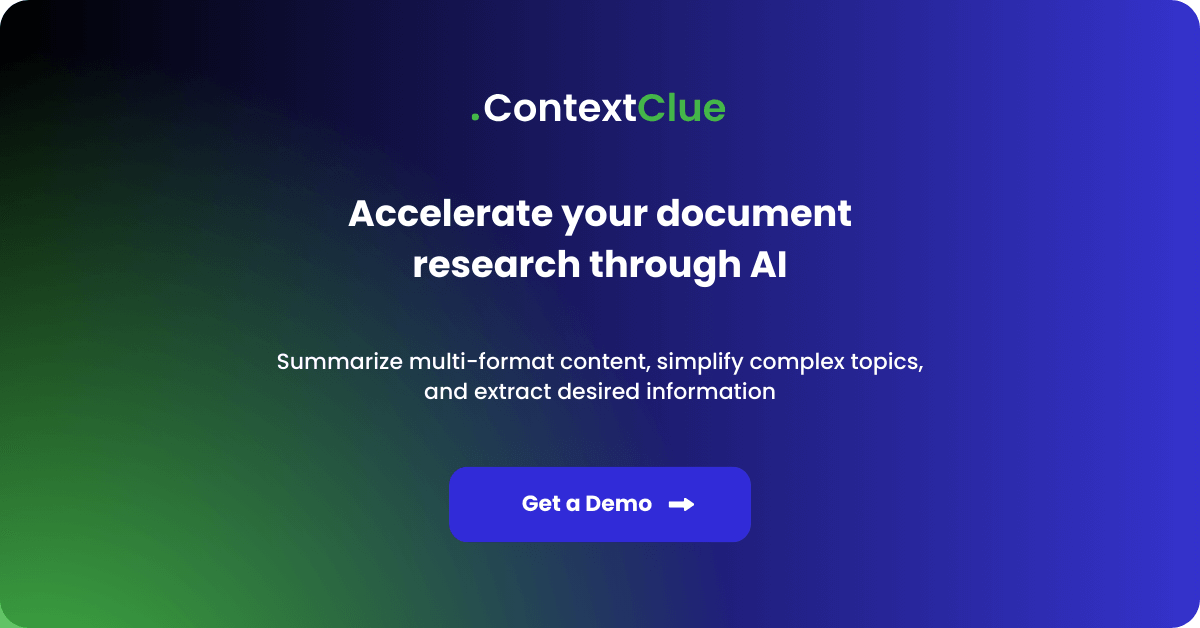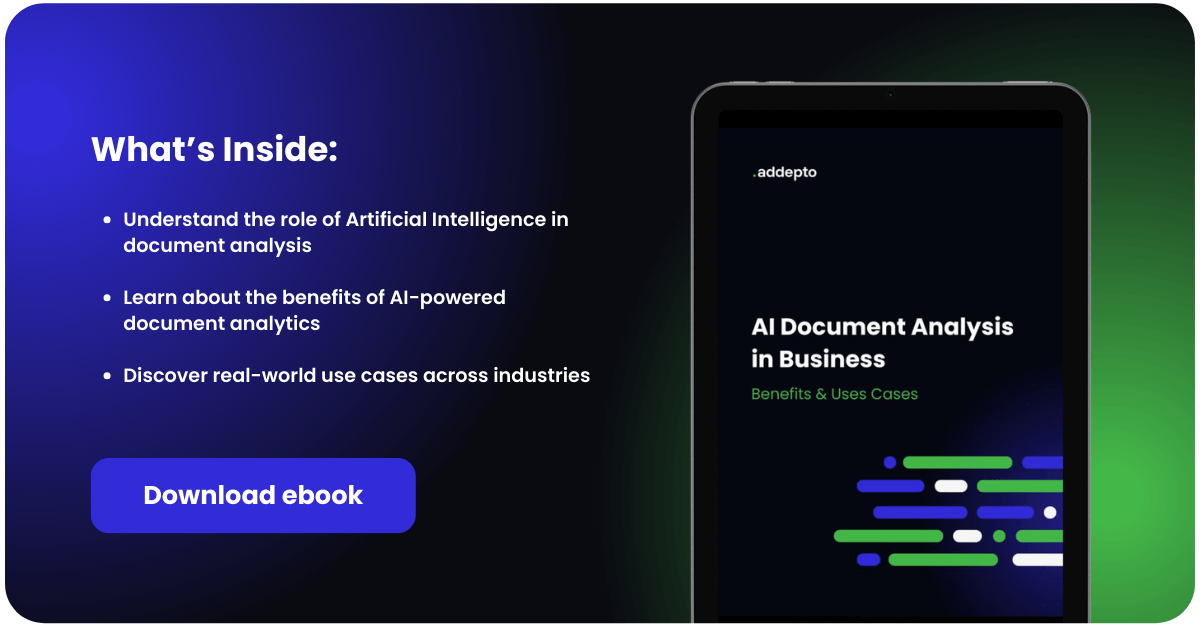
October 08, 2024
ChatGPT vs GPT-3: Complete Comparison Guide for Business Integration (2025)
Author:

CSO & Co-Founder
Reading time:
12 minutes
ChatGPT and GPT-3 are two of the most advanced language processing models developed by OpenAI, an AI research and development company based in San Francisco, California. Both models utilize deep learning capabilities to produce human-like text, which makes them especially suitable for a wide range of language processing tasks like language translation, summarization, and text generation. However, despite ChatGPT and GPT-3 similarities, they have several key differences that make them suitable for different types of tasks.
If you are considering using either language model but aren’t quite sure which one’s the best fit for your intended purpose, read on for a ChatGPT vs. GPT-3 head-to-head comparison. We evaluate every aspect of the language models, from their emergence to how they work and their suitability in different applications.

Supercharge your document analysis capabilities with Addepto’s AI Text Analysis Tool.
Generative Pre-trained Transformers Large Language Models (LLMs) Explained
Generative Pre-trained Transformers (GPT) are a class of large language models (LLMs) developed by OpenAI, designed to understand and generate human-like text. These models leverage deep learning techniques, particularly the transformer architecture, to analyze vast amounts of text data and produce coherent and contextually relevant responses.
The evolution of GPT has seen several significant iterations, each improving upon its predecessor in terms of capabilities and applications.
ChatGPT
ChatGPT, launched in December 2022, is one of the most well-known applications of the GPT architecture. Built on the GPT-3.5 model, it is designed for conversational interactions, allowing users to engage in dialogue, ask questions, and receive informative responses.
ChatGPT utilizes Reinforcement Learning from Human Feedback (RLHF) to enhance its performance by learning from user interactions and refining its outputs over time. Its ability to generate human-like text has made it a popular tool for various applications, including customer support and content creation.
GPT-3
Released in June 2020, GPT-3 marked a significant leap in the capabilities of language models with its 175 billion parameters. This extensive training allows GPT-3 to perform a wide range of tasks such as writing essays, generating code, and even creating poetry.
Its architecture enables it to generate text that closely resembles human writing, blurring the lines between machine-generated content and human authorship. The model’s versatility has led to its adoption across various industries for applications like chatbots, content generation, and creative writing.
GPT-3.5
GPT-3.5 is a notable enhancement over GPT-3, released in March 2022. It retains the 175 billion parameters but offers improved speed and reliability in generating responses. This model excels in natural language understanding and can comprehend and generate text that closely mimics human writing.
It includes variants like GPT-3.5 Turbo, optimized for chat applications with a context window of up to 16,385 tokens. While it is powerful for various applications—from content creation to coding assistance—it is limited by its training data, which only extends up until September 2021.
Comparisons with GPT-4
Following GPT-3.5, OpenAI introduced GPT-4, which further enhances the model’s capabilities by incorporating multimodal functionalities—allowing it to process both text and image inputs. This advancement enables GPT-4 to achieve human-level performance on various benchmarks, significantly outperforming its predecessors in tasks requiring nuanced understanding and contextual awareness. Users often choose between these models based on their specific needs; while GPT-3.5 is favored for cost-effectiveness and faster response times in less complex tasks, GPT-4 is recommended for more intricate applications requiring advanced reasoning.
ChatGPT vs. GPT-3
Before comparing the differences between these two language models, it is important to know what they are in the first place. ChatGPT [1], as mentioned before, was developed based on the GPT-3.5. It can interact in the form of a conversational dialogue and provide human-like responses.
On the other hand, GPT-3[2] is a neural network machine learning model that can generate literally any type of text by learning from the internet and training data. The language model needs a small amount of input text to produce a large amount of sophisticated and relevant machine-generated text. And, with over 175 billion [3] machine learning parameters, the model is one of the largest neural networks ever produced and outperforms previous models in producing text that appears to be written by a human.

If you are interested to know more about this AI-driven technology,
we encourage you to download a new eBook prepared by our AI experts!

The differences between GPT-3 and ChatGPT
Emergence
GPT-3 is the third generation of the GPT series. With over 175 billion parameters, it is significantly larger and more powerful than its predecessors. The language generation model was first announced in June 2020[4] and made publicly available in August of the same year.
According to OpenAI, the GPT series was developed to improve the performance of language generation models by training them on large data sets and then fine-tuning them for specific tasks and applications.
ChatGPT, on the other hand, was developed as a variant of GPT-3.5 for integration into chatbots and other conversational systems. Since its release in September 2020, ChatGPT has proven to be very effective in generating appropriate and coherent responses in a variety of contexts.
Functionality
GPT-3 uses vast amounts of training data and deep learning technology to process up to 500 billion words and numbers to produce human-like responses. Businesses can customize these responses through the model’s simplified API to suit specific needs. The GPT-3 model can also employ predictive analytics to foresee user demands, assess and reply to queries, and give appropriate self-service responses relevant to the conversation’s context.

ChatGPT was developed specifically for chatbot and conversational system applications. The model can answer follow-up questions in long form, admit its mistakes, reject inappropriate suggestions, and dispute unfounded assertions. According to its creator, OpenAI, ChatGPT can effectively respond to various types of written text, including mathematical equations, theoretical essays, and stories through a dialogue model.
Capacity
GPT-3 is huge! The language model has more than 175 billion parameters and can produce 2048-token long-form content. All this requires an enormous storage capacity. The sheer size and abundance of training data make it especially suitable for applications involving more intricate natural language processing.
ChatGPT, on the other hand, is considerably smaller in size compared to GPT-3. However, ChatGPT’s conversational model makes it better suited to real-time chatbot applications since it generates responses faster and more effectively than the former.
Conversational capability
ChatGPT was specially developed for conversation modeling. As such, it excels in producing conversational responses in numerous use cases, including answering questions, creating code, and generating numerous forms of written content, including essays.

However, GPT-3’s superior size and resources enable it to perform a wider range of functions, including text generation, machine translation, and question-answering. It also has a general-purpose design that gives it unmatched business application capabilities like relieving the technical debt of legacy code, improving search and product discovery, and handling customer service conversations in real time.
Output quality
The output quality of ChatGPT and GPT-3 ultimately comes down to the specific task and use case. In general, ChatGPT generates higher-quality responses to user input in a conversational context because it is specifically designed for chatbot applications and has been fine-tuned on a dataset of conversations specifically designed for chatbot applications.
However, as language generation models, the quality of ChatGPT and GPT-3 outputs ultimately depends on the quality of the input they receive. The response may be flawed or of lower quality, especially if a user uses poorly structured, ambiguous, or otherwise difficult-to-understand input. Additionally, both models are subject to the limitations of machine learning technologies and may produce responses that are entirely coherent or accurate.
ChatGPT vs. GPT-3 Differences: Final Thoughts
Since their development, ChatGPT and GPT-3 have been making waves in the business community as well as the general population. Their effectiveness in generating human-like responses makes them suitable for a wide variety of applications.
However, despite their shared similarity as large language generation models, their unique configurations limit their use cases, thus necessitating the need to only pick one depending on specific use cases. Generally, ChatGPT is more suited to chatbot and conversation; applications, while the latter is better suited to tasks that require more intricate natural language processing.
If you’re looking to integrate ChatGPT technology into your business operations, our team of experts can help you get started with Generative AI Development. Our services are tailored to your specific needs, ensuring that you get the most out of this cutting-edge technology.
Key differences between Chatgpt and GPT-3 in use cases
From a business perspective, the differences between Chatgpt and GPT-3 are crucial, particularly regarding their use cases and applications. Both models are built on similar architectures but are optimized for different tasks, which influences how businesses can leverage them effectively.
GPT-3 is designed as a general-purpose language model capable of performing a wide range of natural language processing tasks. Its applications include:
- Content Generation
- Programming Assistance
- Data Analysis
- Translation and Summarization
ChatGPT is specifically optimized for conversational AI applications, ChatGPT excels in:
- Customer Support
- Interactive Applications
In summary, while both Chatgpt and GPT-3 are powerful language models developed by OpenAI, their differences significantly impact their applicability in business contexts. GPT-3’s versatility makes it suitable for a broad range of tasks, whereas ChatGPT’s design focuses on enhancing conversational interactions. Businesses should select the model that aligns best with their specific needs—whether that’s leveraging the expansive capabilities of GPT-3 or utilizing the conversational strengths of ChatGPT.
How can GPT-3 be integrated into existing business software?
Businesses can leverage various approaches to effectively incorporate GPT-3 into their systems, with API-based integration being one of the most straightforward methods. By utilizing the OpenAI API, companies can connect GPT-3 with their existing applications quickly and efficiently. This approach requires minimal technical expertise, making it accessible for many organizations.
Use cases for API integration include:
- customer support chatbots
- content generation tools
- automated email responses.
Another method is the use of pre-trained models that have been fine-tuned for specific tasks. These models are tailored for particular domains, such as sentiment analysis or language translation, offering businesses greater adaptability for their unique needs. For instance, recruiting platforms can benefit from specialized language processing capabilities that help streamline candidate assessments. Additionally, fine-tuning and custom training allow businesses to adjust GPT-3 on proprietary datasets, enhancing its performance for specific applications. This level of customization is ideal for creating bespoke virtual assistants or specialized customer service solutions.
The use cases for GPT-3 integration are vast and varied. One prominent application is content generation, where businesses can automate the creation of marketing materials, blog posts, product descriptions, and social media content. This not only saves time but also ensures consistency in messaging across various platforms. Furthermore, integrating GPT-3 into customer support systems can lead to significant improvements in service quality. Chatbots powered by GPT-3 can handle common inquiries, provide instant responses, and escalate more complex issues to human agents when necessary, thereby reducing response times and enhancing customer satisfaction.
In addition to customer support and content generation, GPT-3 can improve natural language understanding (NLU) within existing software. By enhancing NLU capabilities, businesses can better interpret user queries and commands, which is particularly valuable in e-commerce platforms where users may ask questions in natural language. Moreover, developers can benefit from GPT-3’s capabilities in code generation and development assistance by generating code snippets based on natural language descriptions. This not only speeds up the development process but also reduces errors in coding tasks.
Data analysis is another area where GPT-3 can make a significant impact. Businesses can utilize the model to analyze large volumes of textual data, extract insights, identify trends, and generate summaries or reports. This capability is especially beneficial for market research or business intelligence applications. In the education sector (EdTech), integrating GPT-3 can provide personalized learning experiences by offering tailored tutoring and generating customized educational content based on individual learning styles.
Finally, GPT-3 serves as a valuable tool for creative writing assistance. It can be leveraged for tasks such as writing screenplays, generating story ideas, or creating dialogue for video games and interactive media. By integrating GPT-3 into existing business software through various approaches—such as API-based integration, fine-tuning, or using pre-trained models—companies can unlock significant efficiencies and enhance user experiences across multiple domains. The versatility of GPT-3 allows it to be applied in diverse areas from customer support to content creation, making it an invaluable asset for businesses looking to innovate and streamline their operations.
How can ChatGPT be integrated into existing business software?
ChatGPT can be integrated into existing infrastructure, and there are several methods and considerations to ensure a successful implementation. Integrating ChatGPT allows businesses to leverage its conversational capabilities to enhance user interactions and streamline operations.
ChatGPT integration methods
- API Integration
The most straightforward method is to use the OpenAI API, which allows developers to send text prompts to ChatGPT and receive responses. This approach is flexible and can be adapted to various applications, such as customer support chatbots or content generation tools. Businesses need to obtain API keys and familiarize themselves with the API documentation to effectively implement this integration.
- SDK Integration
If available, using a Software Development Kit (SDK) can simplify the integration process. SDKs provide pre-built functions that facilitate interaction with ChatGPT, allowing developers more control over the integration process.
- Custom Model Deployment
For organizations with specific requirements or advanced technical capabilities, deploying ChatGPT on their infrastructure or cloud environment is an option. This method allows for greater customization and control over the model’s behavior.
- No-Code Platforms
For those without extensive coding skills, no-code platforms like Zapier can be used to integrate ChatGPT into existing systems through a visual interface. This method allows for quick setup and deployment without deep technical knowledge.
This article is an updated version of the publication from Jan 4, 2023.
References
[1] Wikipedia.org. ChatGPT. URL: https://en.wikipedia.org/wiki/ChatGPT. Accessed December 30, 2022
[2] Wikipedia.org. GPT-3. URL: https://en.wikipedia.org/wiki/GPT-3. Accessed December 30, 2022
[3] Developer.nvidia.com. Open AI Presents GPT-3, a 175 Billion Parameters Language Model. URL: https://developer.nvidia.com/blog/openai-presents-gpt-3-a-175-billion-parameters-language-model/. Accessed December 30, 2022
[4] Wikipedia.org. GPT-3. URL: https://bit.ly/3IEmhR9. Accessed December 30, 2022
Category:





